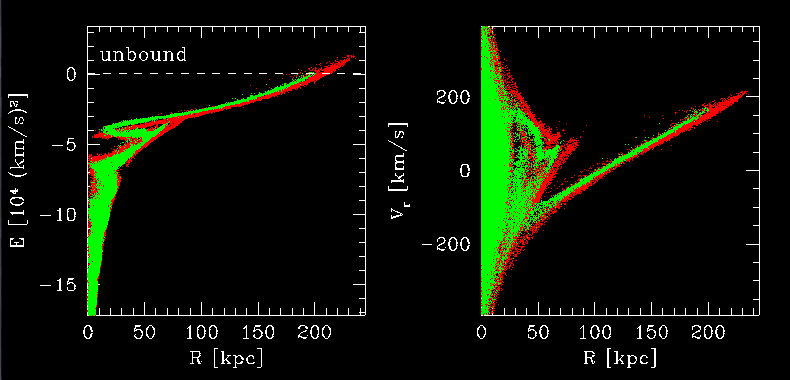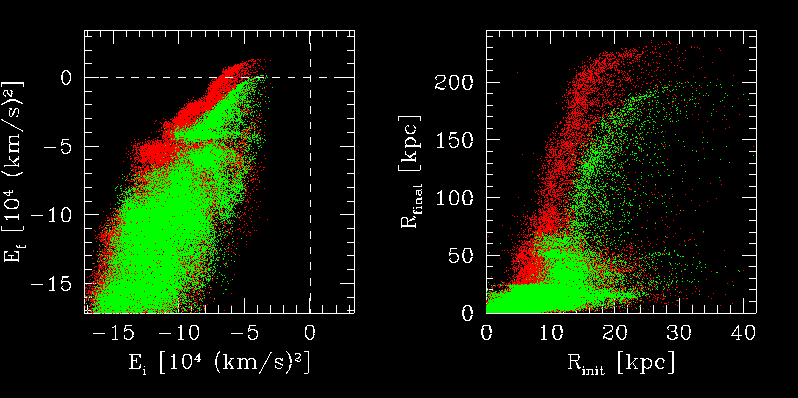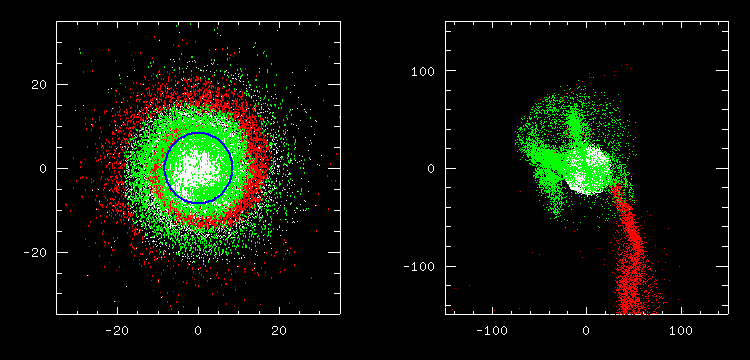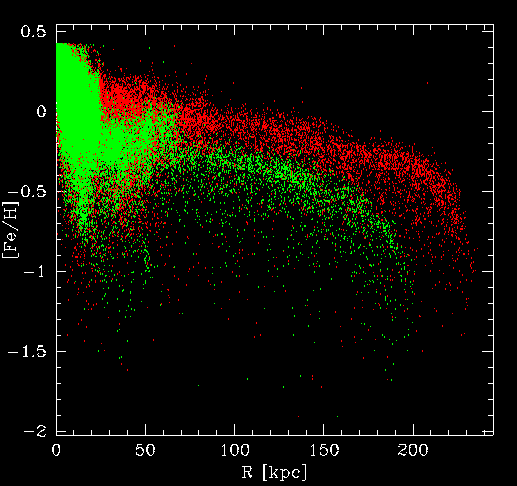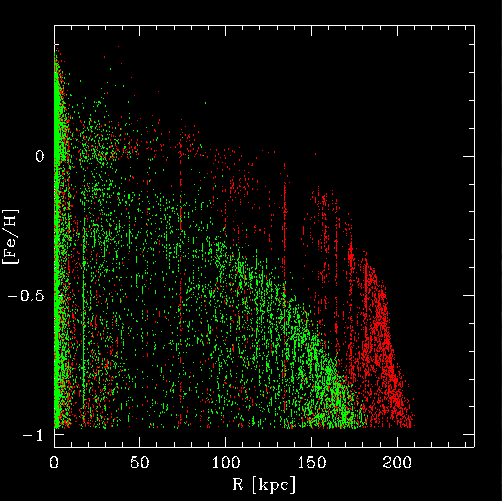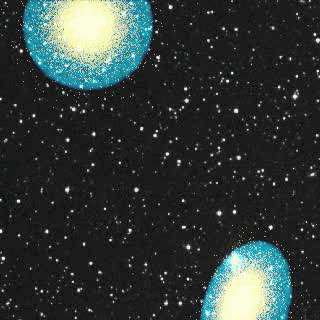
Tidal forces during the collision Broad "resonance" between orbital/rotational motions Binding energy of the outer disk Orbital evolution of the interacting pair Age of the interaction
(Holmberg 1943; Toomre & Toomre 1972; Wright 1972; Barnes 1988; Hibbard & Mihos 1995; Dubinski, Mihos, & Hernquist 1996; Springel & White 1999)
